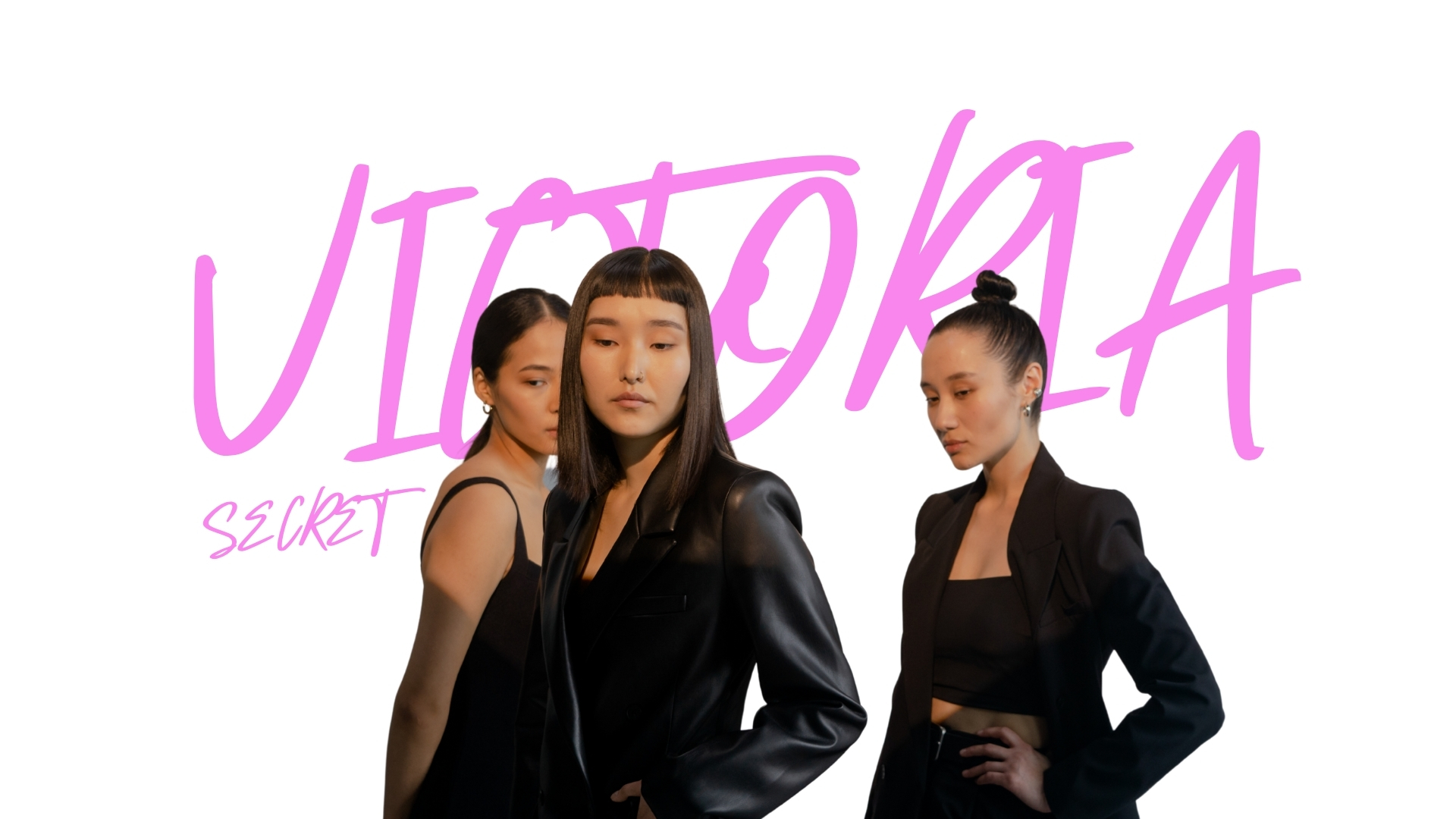Victoria's Secret is strategically pivoting to entice Gen Z consumers by resurrecting its iconic elements while integrating contemporary trends and celebrities. The brand has faithfully brought back its famed runway show, styled icons like Sabrina Carpenter, and revived classic designs. On a recent shopping spree at Victoria's Secret, Julia Quang reminisced about the nostalgic allure of products like Bombshell perfume, flavored lip gloss, and whale-tail thongs.
Rekindling Old School Glamour for the New Generation
The charm of the early 2000s is not lost on today's youth. Gen Z, a demographic nostalgic for a time they barely lived through, has shown a penchant for early-2000s fashion staples—ballet flats and maxi skirts have seen a resurgence, piloted by brands like Coach and Abercrombie & Fitch. Victoria's Secret's recent reintervention is on a similar trajectory, aligning with youthful tastes without straying from its legacy of lush, provocative fashion.
Nostalgic Products Making a Comeback
Nostalgic beauty products are hitting a sweet spot among teens, scaling the top of their wish lists—a sentiment bolstered by Piper Sandler in its 2024 Gen Z survey, positioning Victoria's Secret as a top fragrance brand among the youth. Likewise, the brand’s lingerie line, which is reintroducing vibrant, lacy garments, has been received positively. Reminiscent yet tailored to contemporary fashion trends, these intimates align with current vogues like balletcore and coquette aesthetics.
According to Morning Consult, as of December 2023, Victoria's Secret ranks as the 20th fastest-growing brand among Gen Z—a testament to its recalibrated marketing strategies and product offerings.
Influential Partnerships and Digital Savvy
The brand’s digital strategy has leveraged popular media and current memes to rekindle interest. Implementing eminent visual campaigns on TikTok and re-engaging crowds with its once-annual runway show underscores an effective blend of nostalgia and modernity. Moreover, collaborations with celebrities and the welcome back of iconic models on the Victoria's Secret stage speaks volumes about its recalibrated influencer outreach strategy with an inclusive twist.
Challenges and the Way Forward
Despite these promising efforts, Victoria's Secret has navigated through tumultuous times, with net sales witnessing significant fluctuation over the past few years. However, with fresh leadership under CEO Hillary Super and a rejuvenated influencer marketing strategy, there is renewed optimism about the brand’s direction.
Balancing the allure for both young and more established demographics remains crucial. As the market is highly fragmented, reaching a broad audience spectrum is essential for sustained growth. The addition of designer Joseph Altuzarra to spearhead a ready-to-wear collection targets a luxury-appreciative clientele, potentially diversifying Victoria's Secret’s appeal.
Capturing Consumer Sentiment
Listening to their customer base has been pivotal; feedback on social media has guided adjustments in product lines such as loungewear. Transparency in response to consumer nostalgia, coupled with incorporating feedback into product development, may well determine the brand's long-term success.
Victoria's Secret's commitment to brand ambassador inclusivity and advocacy, demonstrated by a board comprising 89% women, showcases a progressive stance geared towards resonating with a broader audience and reinstating its status as a beloved brand.
Conclusion
While still navigating through its transformation phase, Victoria's Secret's strategic pivot towards blending nostalgia with modern influences and celebrity endorsements poses a promising comeback. By syncing with both past and present consumer desires, Victoria's Secret is slowly but surely regaining its sparkle in the competitive retail landscape.
Read more about the intricacies of creator marketing on our insights page.

.jpg)

